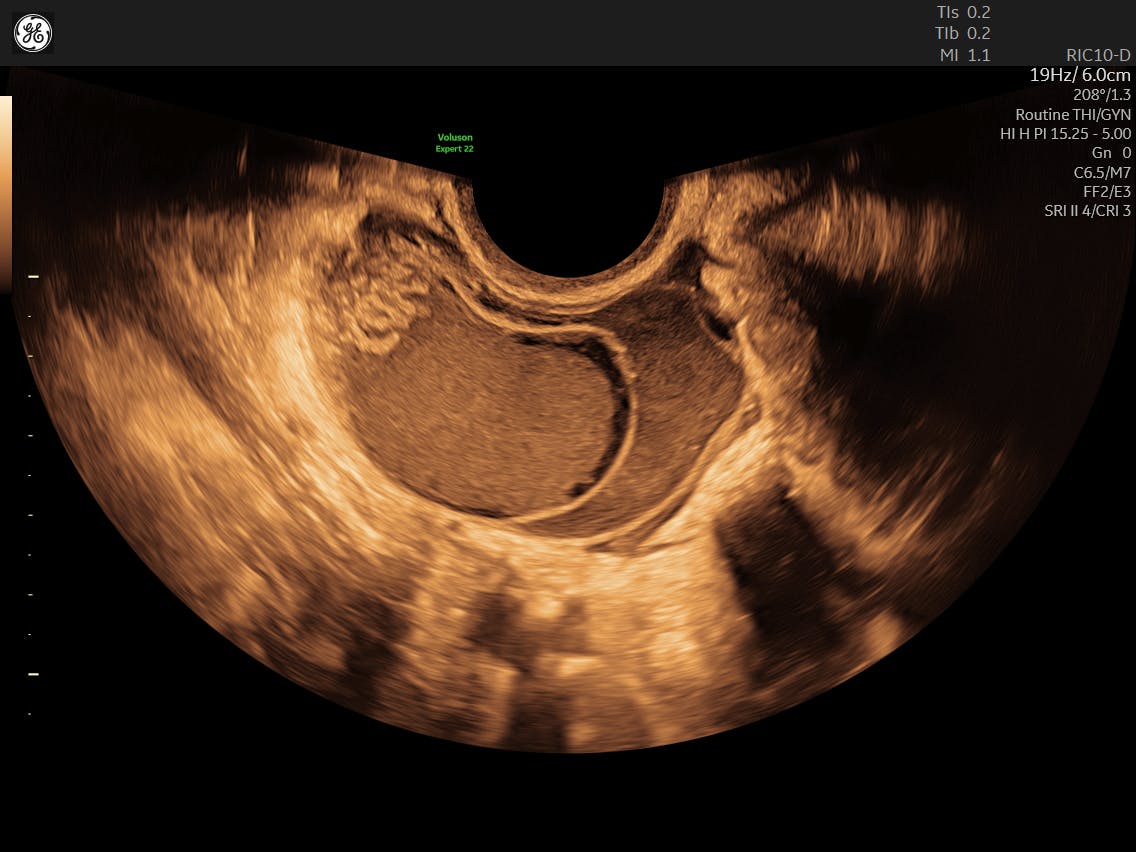There have been recent updates made to numerous gynecology guidelines and classifications, which have the ability to affect women in all stages of life.
In this collection of frequently asked questions, learn more about ovarian cancer screening, heart disease risk assessments for women, diagnosing endometrial pathology, new criteria for identifying endometrial hyperplasia, guideline updates for cannabis use during pregnancy and COVID vaccine considerations for pregnant women.
- What are the current biomarkers for ovarian cancer screening? Ovarian cancer screening is not an exact science, so currently multiple biomarkers are used together. These include CA-125 (cancer antigen 125), which although widely used, has limitations in sensitivity and specificity. HE4 (human epididymis protein 4) is recognized as a potential complement to CA-125, showing promise in enhancing the accuracy of screening when used together. And ROMA (Risk of Ovarian Malignancy Algorithm) is an algorithm combining CA-125 and HE4 along with menopausal status, aimed to improve the discrimination between benign and malignant ovarian masses.
- Why should OB/GYNs conduct heart disease risk assessments? Obstetricians and gynecologists are often the primary point of healthcare contact for many women, so conducting heart disease risk assessments during routine gynecological visits can improve women's overall well-being. Cardiovascular disease is a leading cause of mortality in women, and it presents differently in women compared to men. OB/GYNs are uniquely positioned to recognize these distinctions, by integrating heart disease risk assessments into routine care to allow for early identification of risk factors. OB/GYNs can educate and empower women to make lifestyle changes, initiate preventative measures and collaborate with other specialists to mitigate heart disease risks, ultimately improving women's cardiovascular health and overall well-being.
- How can color Doppler ultrasound help assess for endometrial pathology? Color Doppler ultrasound plays a crucial role in evaluating endometrial pathology by visualizing and assessing blood flow patterns within the endometrium. This imaging technique distinguishes between normal and abnormal vascularity, aiding in the identification of endometrial polyps, hyperplasia or cancer. Detecting irregular blood flow patterns or uneven distribution of blood vessels assists in identifying potential malignancies, guiding further diagnostic steps like biopsies for accurate diagnosis and optimal treatment planning in women's healthcare.
- How does WHO's updated classification system make identifying atypical endometrial hyperplasia easier? The World Health Organization's updated classification system simplifies the identification of atypical endometrial hyperplasia, from hyperplasia without atypia, by introducing clear and distinct criteria for both. The revised guidelines provide more specific and standardized parameters, enabling pathologists to precisely differentiate between typical and atypical forms of endometrial hyperplasia. This updated system establishes stringent criteria for defining atypical hyperplasia, which has a higher risk of progression to endometrial cancer, for improved patient outcomes in women's healthcare.
- Can ACOG's updated guidance help clinicians talk about cannabis and pregnancy? The American College of Obstetricians and Gynecologists is revising its guidelines around cannabis use during pregnancy. The updated recommendations address the lack of comprehensive data on the effects of cannabis use on pregnant individuals and the fetus, emphasizing the potential risks associated with prenatal cannabis exposure. This revised guidance advocates for informed discussions about the potential risks of cannabis use during pregnancy and breastfeeding, offering more nuanced guidance that encourages healthcare providers to educate pregnant individuals about the uncertainties and potential adverse effects of using cannabis during pregnancy.
- How to advise your patients on the COVID vaccine and pregnancy? Clinicians can guide their pregnant patients on the COVID vaccine by emphasizing the benefits of vaccination while considering individual risk factors and preferences. Current data suggests that COVID-19 can pose significant risks during pregnancy, increasing the likelihood of severe illness and complications. The available information on vaccine safety indicates that COVID vaccines, particularly mRNA vaccines like Pfizer-BioNTech and Moderna, do not appear to pose specific risks to pregnant individuals. Ultimately, clinicians can support shared decision-making, empowering pregnant individuals to make informed choices based on available evidence, their health circumstances and personal considerations in navigating COVID vaccination during pregnancy.
More women than ever before need the support of their healthcare team to make informed decisions about their health. Women of all ages and experiences have concerns and want guidance to navigate the changing landscape of the medical system. With the help of caring, informed clinicians, more women can now live long, healthy lives.





